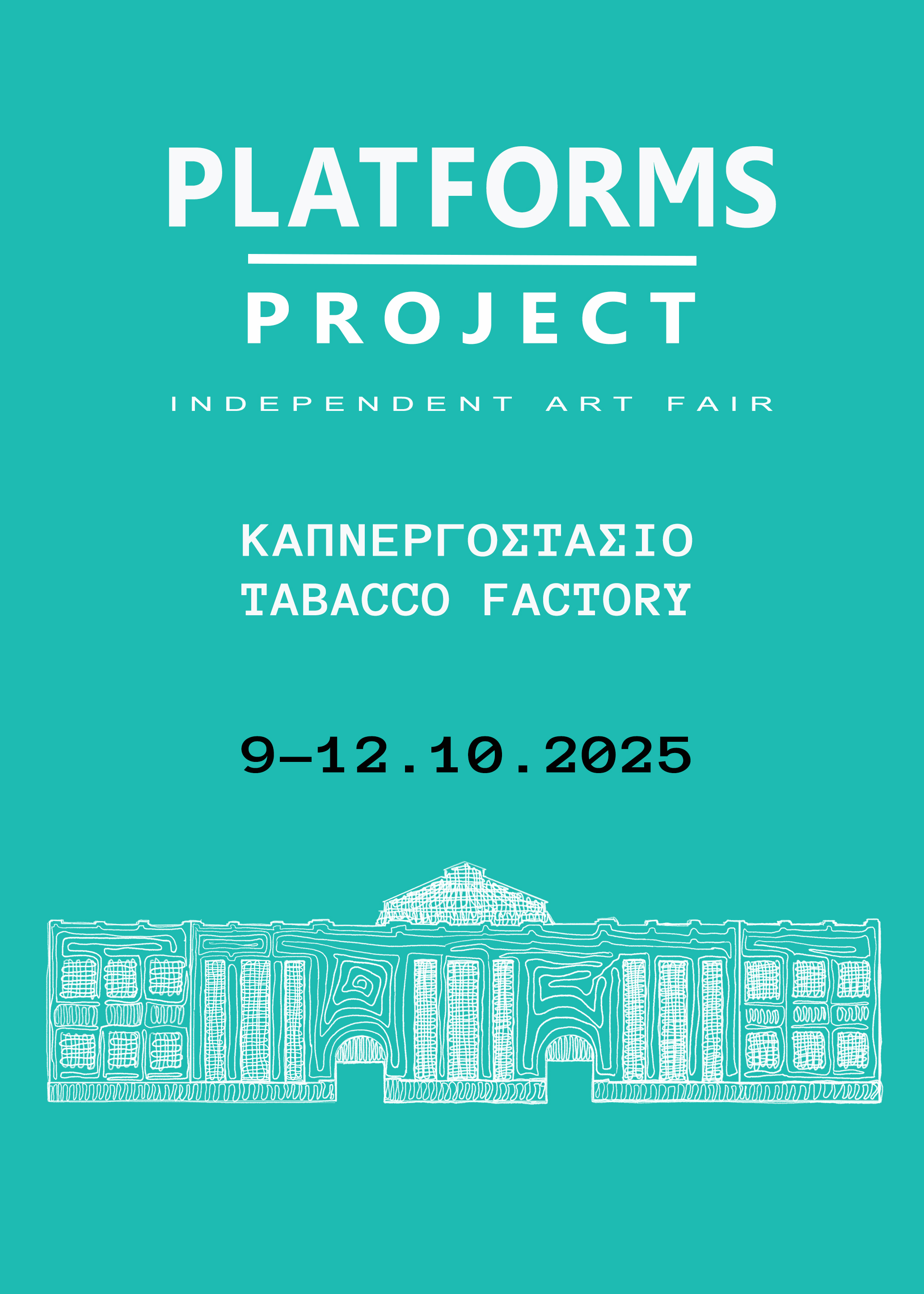A picturesque little port with the colourful flags of sailing yachts flapping in the wind, surrounded by rocky mountains from all sides. A maritime academy, an old windmill, a monastery and a hillside mansion with a huge pine tree miraculously growing on its terrace delineate the limits of a stately but small old town, while a clock tower stands in the midst of waterside restaurants and cafés. The very image of Hydra town brings to mind 19th-century fleets, 1960’s jet-setting glamour (think Jackie Onassis on a deck with sunglasses) and 2010’s art-world hipness (think art-mogul mega-yachts, Athenian hipsters and Documenta curators in plastic slippers). Greek curator and visual artist Dimitris Antonitsis knows the workings of Hydra’s scene all too well, since he’s been curating his Hydra School Project on the otherwise sleepy island for 18 years now. For this year’s exhibition, the curator chose a theme that brings to mind Gestalttherapie, and quite fittingly explores just how much the darker psychological workings hidden beneath the skin of art can reveal about the artist.
Text by Kiriakos Spirou
Cover photo: Katerina Komianou, Funnytoseeyouhere, 2016. Inkjet print, edition of three. 65x65 cm. Courtesy the artist and Hydra School Projects.
Installation view photos by Dimitris Antonitsis, courtesy Hydra School Projects

The exhibition Gestalt takes place in a former school building hidden in the upper part of town, which the town now uses as a cultural space. Remaining consistent with the building’s history and the project’s title, the exhibition’s catalogue comes in the form of an old school notebook with a blue cover, preparing the visitor for an experience that relates to aesthetics as much as a learning process. Every room in the exhibition has a different feel and theme, with the works deftly organised in groups in such a way as to bring ideas and elements from one another to our attention. Gestalt brings together works by Greek and foreign artists, both established and emerging. For example, Armenian artist Vahakn Arslanian draws birds and airplanes behind broken glass (because of his deafness he can only hear the frequencies of airplane jets, chirping birds and breaking glass). In the next room, works by Greek artist Stylianos Kontomaris are full of repetitive lines in various colours, creating intricate figurative images of flowers and people. Kontomaris suffers from mental illness, and this kind of obsessive work is something he finds pleasure in. Other works in the exhibition also deal with how a hidden world or interiority surfaces into the light, such as a sculptural installation by Thomas Schütte which seems to be growing out of the courtyard’s floor, and a large painting by Evgenia Apostolou which forms a core of torn slices of paint as if the colour of the work is bursting out of the canvas.
In addition to these established artists, Dimitris Antonitsis has included a few younger Greek artists in the exhibition, whose work borrows its subject matter from contemporary Greek life, antiquity and the relationship between the two. Visual artist Katerina Komianou presents a series of photos taken in Athens, after an exotic bug invaded the city and selectively destroyed all the palm trees, leaving Athens’s parks and squares with scaly dead trunks mournfully framing public sculptures. The same artist creates canvases on which she straps the charred bark of palm trees, as another way of using the fate of these plants as a symbolic token of social crisis in Greece. In the same room as Katerina Komianou’s works, Pythagoras Hadjiandreou presents a series of black and white collages made of photos salvaged from the recycle bin of the Archaeological Service in Athens. Through this recycling, the documentary nature of these archival (but now useless) photos is combined with the expressiveness of their contained statues and evocativeness of their collaged assortments. In another room, a sculptural installation by Spyros Tzimas plays with space and scale: a meticulously carved, sanded and polished abstract object in precious wood and metal—itself reminiscent of a bird’s skull or a mysterious ritualistic artefact—is affixed on a diagonal metal arm that jots out of a corner created by two mirrors about 1,5 meters high. The sensation is one of presenting this abstract object of all sides like a trophy or treasure, but also one of scrutiny and forced exposure: just as the rest of the works in the exhibition tend to imply their interiority and depth, the sculpture by Tzimas offers itself in solid superficiality, dazzling us with its technical perfection and external beauty but hermetically concealing its internal truth.
The exhibition Gestalt, curated by Dimitrios Antonitsis, runs through September 30 at Sachtoureio Gymnasium in Hydra town. For information call +30 693 8024554.

